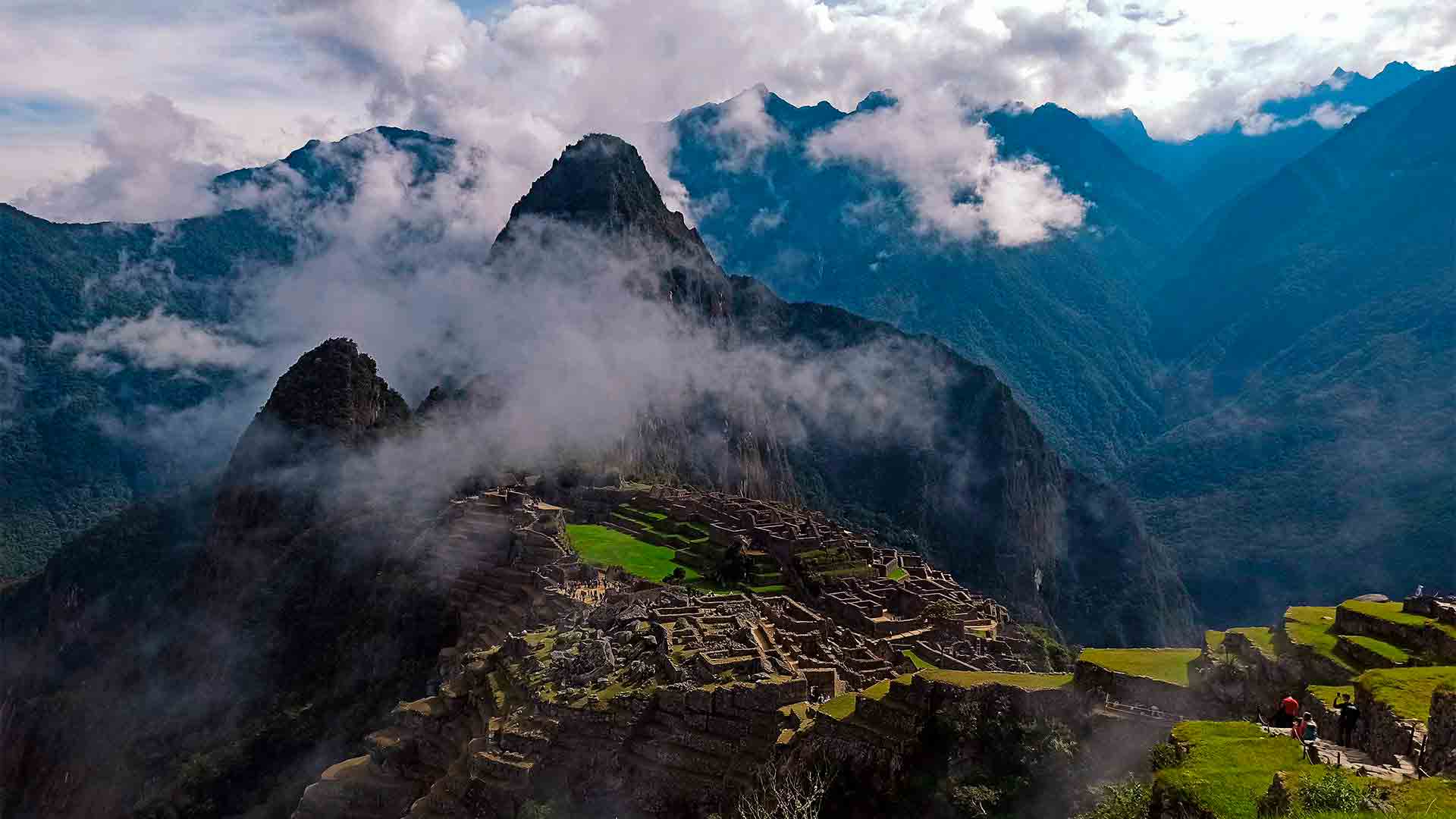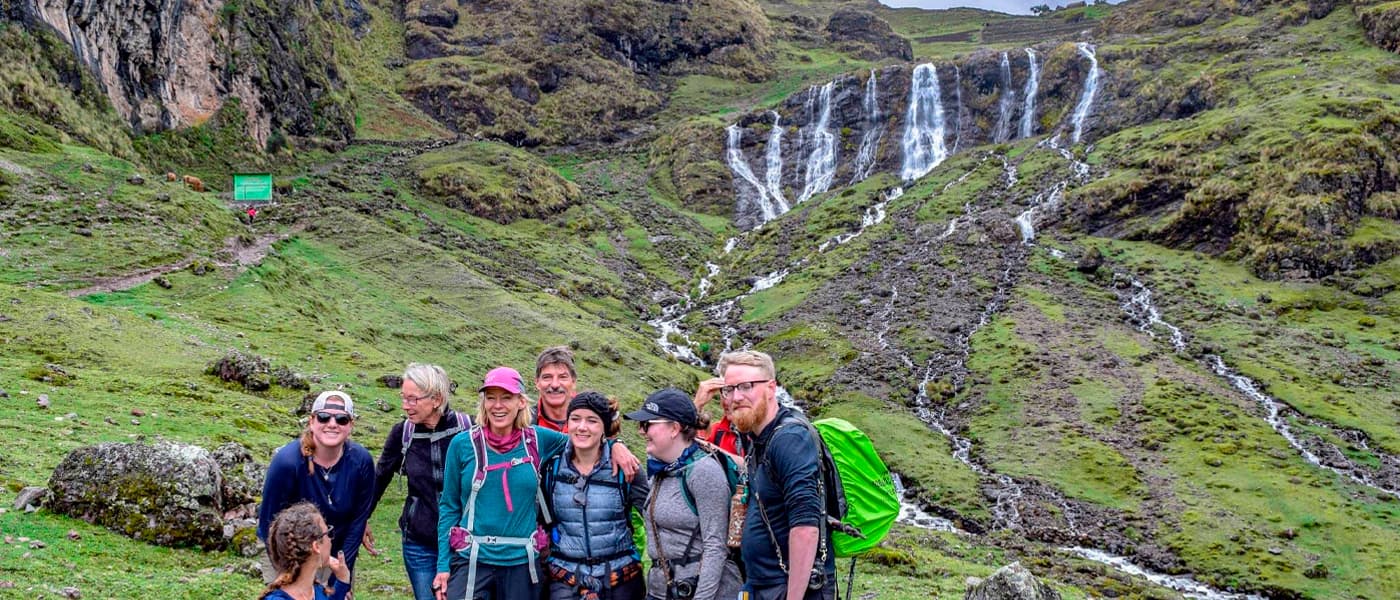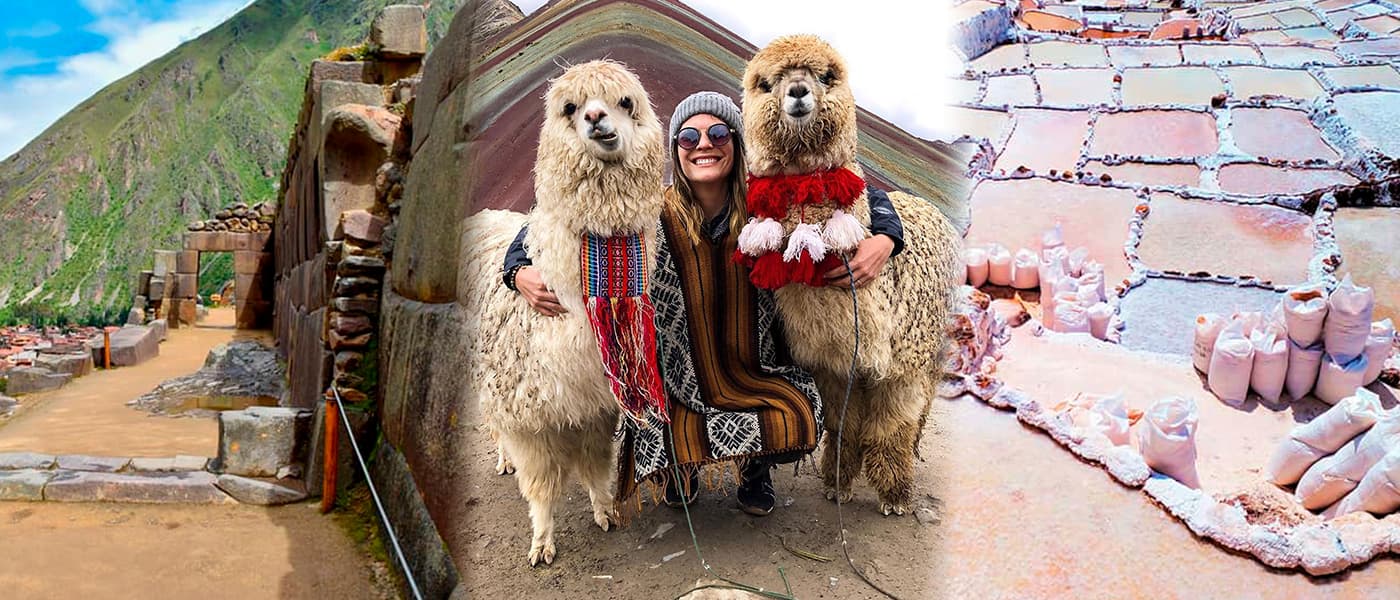What to See on the Short Inca Trail?

The Inca Trail is a world-famous hiking trail that forms part of the hugely expansive ancient Inca Road network. The 2-Day Short Inca Trail takes you on the final third of the Classic Inca Trail. This route travels through the Sun Gate to the majestic Machu Picchu Citadel.
The journey begins as soon as you cross the bridge over the Urubamba River at KM104. It passes through impressive Inca ruins, expansive mountain views, lush subtropical vegetation and extraordinary ecological varieties.
As you hike on the flat stone steps walked by the ancient Incas 500 years ago, you will pass through cloud forests and into the subtropical vegetation of Machu Picchu. The route arrives to the Guards Gate at Machu Picchu.
From here you’ll get to take the picture-perfect postcard photos of Machu Picchu Citadel. Discover multiple historical sites and all that nature has to offer. Discover all about what the short Inca Trail has to offer trekkers below.
The Train Ride
The Short Inca Trail journey starts on the Expedition Train, stationed in the bustling small town of Ollantaytambo. Departure time is usually scheduled at 6:10am just as the sunrises over the mountains.
The train tracks follow the Urubamba River as it gently curves with the earth. You are surrounded by stunning views of the rugged mountains with snow hooded peaks.
As the journey continues the rugged mountains transform into lush vegetation with beautiful splashes of color. This is a sign that you are now approaching not only the high jungle, but KM104 (2 100m/6 927ft), the starting point for the Short Inca Trail.
You can upgrade to the Vistadome train which has glass ceilings and windows, offering the most spectacular panoramic views of the stunning Andean landscape you pass on the way. The Vistadome also offers onboard entertainment and snacks.
What to See on the Short Inca Trail
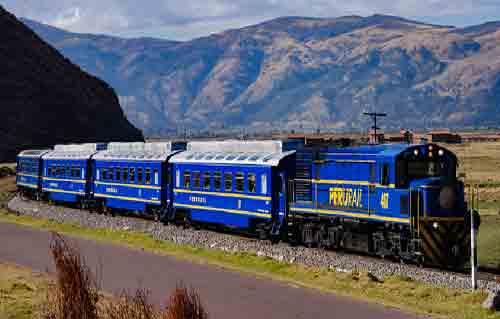
Suspension Bridge
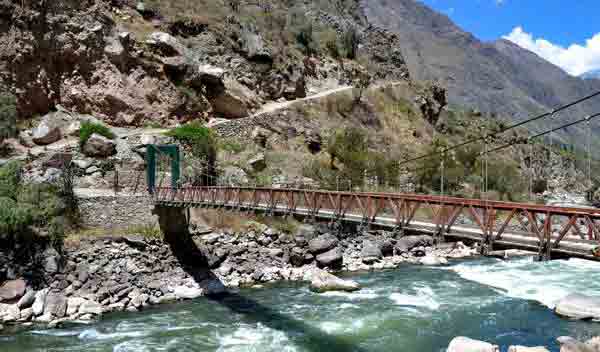
To get to the first checkpoint on the Short Inca trail, you need to cross a suspension bridge over the Urubamba River. As soon as people disembark the train there is immediately a small traffic jam thanks to everyone starting at once.
It’s the perfect spot to take those first pictures of this historical journey you are about to embark on. There is also no better vantage point to capture the full scope of the Urubamba River. This incredible river originates in Puno flowing for a 724km, before joining the Tambo River to form the Ucayali River (part of Amazon River).
Take a beat to soak in this momentous occasion. You are about to follow in the footsteps of the masterful ancient Incas.
Chachabamba Archeological Site
Chachabamba is only a stones throw away from the first checkpoint of KM104. It was rediscovered in 1940. It sits at an elevation of 2171m/6 995ft, surrounded by massive green mountains and lush vegetation.
It’s located in a spot at the top of a mountain that was somehow been flattened by the skillful builders that were the Incas. The structure of the buildings have been designed to mimic the shape of the terrain that surrounds it.
The stone work is sturdy and impeccable in its building and design. There are a number of water baths around the site. This impies that it could have been used as a religious site to worship water.
The valley is very fertile and it is clear that nature was very important to the Incas, who were known for making seasonal sacrifices to the Pachamama (mother earth). As with most Inca sites, there is a religious altar carved out of natural rock as the centerpiece.
Another theory is that it was used as a guard house for people wishing to visit the great citadel of Machu Picchu. The valley is very fertile, so it could have also played a very important agricultural role. We know that they planted potatoes, cassavas, medicinal plants and herbs here, to name a few.
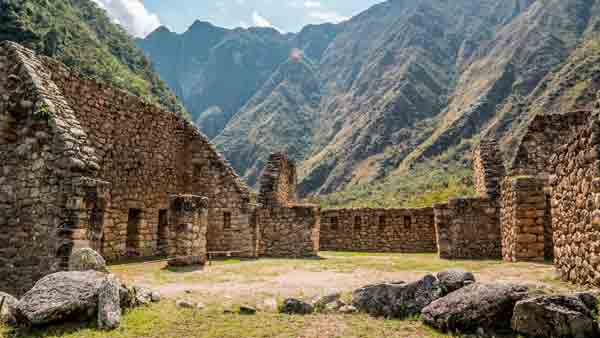
Waterfall
About half way to Machu Picchu, you will encounter a small waterfall with crystal-clear waters cascading into the rocks below. It proves to be a welcomed and much needed break before embarking on the only 2 challenging climbs on this trail.
Splash your face or, if time allows, take off your hiking boots and dip your toes into the ice-cold soothing waters. Take in the splendor that nature has to offer way away from the hustle and bustle of city lif
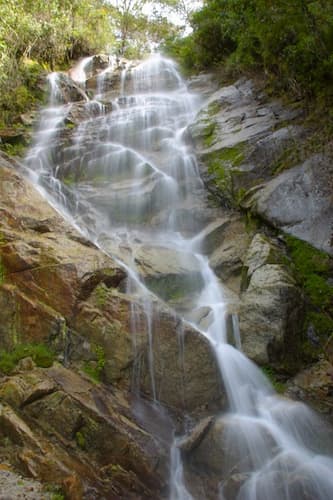
Flora and Fauna on the Inca Trail
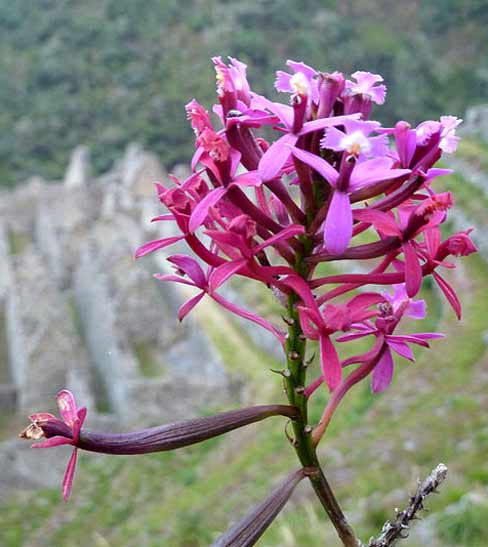
The trail is dotted with Flora and Fauna that’s unique to this region. Feast your eyes on the many different species you will pass. Your guide will offer explanations of the most eye-catching and famous species.
The Andean Bear / Spectacled Bear is a herbivorous giant bear linked to many Andean myths and legends. The Puma avoids the trail as much as possible. Cock-of-the-rock is the colorful and strikingly beautiful national bird of Peru. They are solitary and silent birds.
During mating season as many as 50 birds can gather on the rocks, hoping to be lucky one, chosen by a female. The Giant Hummingbird is the biggest hummingbird in the world, you have very high chances of seeing one during your Inca Trail hike.
Finally the famous Llamas, used to transport cargo by the Inca. Today they are domesticated animals kept for their wool and delicious meat.
The Flora is just stunning. Wiñay Wayna is by far the most famous ruin you will pass. The name means ‘Forever young’ in Quechua.
Wiñay Wayna
Winay Wayna (2 650m/ 8 694ft) is an iconic archeological site. Its structure is timeless, almost looking as though the construction was completed only recently.
It’s aptly named after the famous orchid found on the trail, with its name meaning “Forever Young” in Quechua. You will steal small glimpses of the site all the way from the suspension bridge, but it is only after the waterfall when you can enjoy the full magnificence of it.
Climb up the carved steps until you reach the top, making stops along the way to find out the importance of each section. At the top you will be met by panoramic views of the Urubamba Valley, snow-capped mountain peaks like Mt Veronica and the Vilcanota River gently flowing down stream.
Learn the fascinating history behind this stunning Inca Site before stopping at the campsite of the same name nearby for some refreshments and to use the restrooms. Click here for more information!
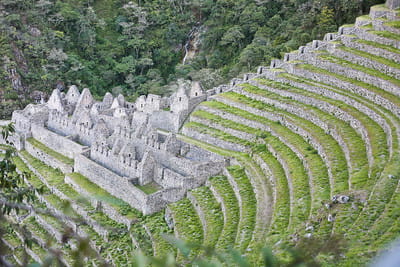
Monkey Steps
The Monkey Steps, also known as the Gringo killer steps, refers to these narrow steps found just before arriving at the Sun Gate. There is only one way to get through this section. Get on all fours, and climb up like a monkey. It’s the safest, easiest and quickest way to get to your end goal.
This section is very short but super steep. It has left more than a few gringos completely out of breath. Gringo is a term of endearment used for foreign travelers in most Latin countries.
The Sun Gate
The Sun Gate, also known as Inti Punku, stands at an elevation of 2 720m/ 8 924 ft. Its major pull is the fact that it overlooks one of the 7 wonders of the world, the great Machu Picchu Citadel.
It was used as a control gate for people entering and leaving the Inca City of Machu Picchu. Because of its remote and strategic location, it is believed that Machu Picchu only welcomed elite guests from the empire, all who would have passed through here.
It is a large place, with windows and doors supported by terraces. From the Sun Gate you can see the entire Inca City of Machu Picchu. In the past, you would have been able to hike up to the Sun Gate from Machu Picchu.
However, due to new government regulations, the only way to access the Sun Gate is via the Inca Trail Trek. All Inca Treks – whether it’s the 1 day or its longer variations – will pass the Sun Gate. Click here for more information!
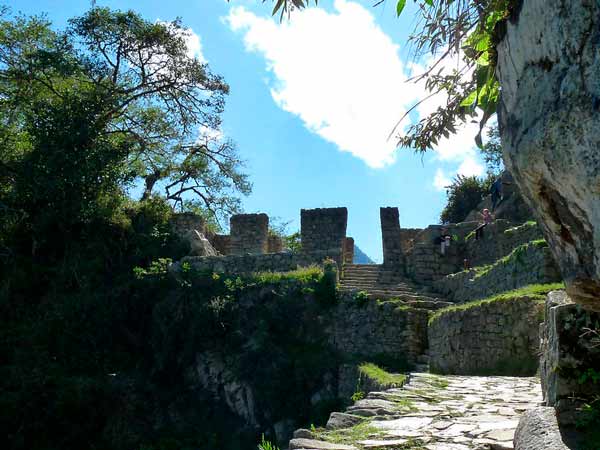
Machu Picchu
The Majestic Citadel of Machu Picchu was rediscovered in 1911 by Yale University history lecturer Hiram Bingham. He named it ‘The Lost City of the Incas’, but this was incorrect as the local people were fully aware of its existence.
It’s one of the 7 Wonders of The World and a UNESCO World Heritage Site. The brilliance, genius and precision of Incan engineering and construction is astonishing. The structures that remain give you a glimpse into the lives of the ancient Incas who once called this place home.
Click on the following link to read about the different structures you get to visit on your exploration of Machu Picchu. Each site peels back a layer into the historical, cultural and religious legacy of the vast Empire of the Incas: What to see in Machu Picchu
